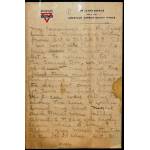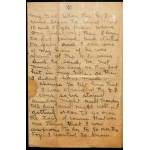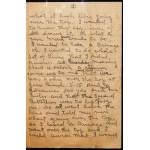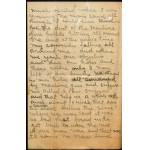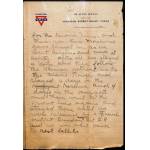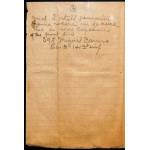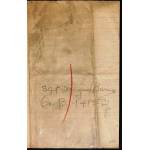WWI Experience of Miguel Barrera
1918
Add to Favorites:
Add all page(s) of this document to activity:
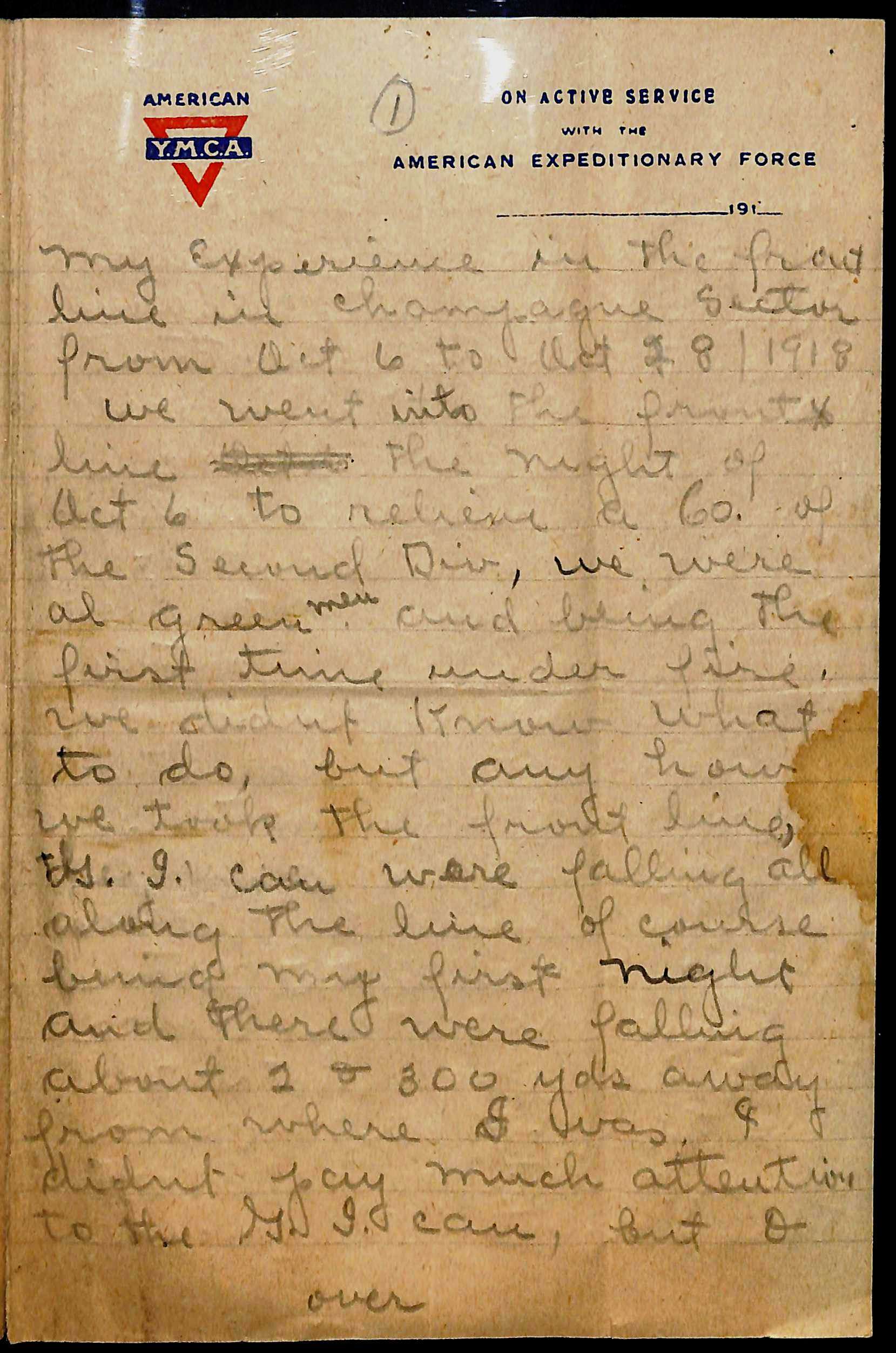
Add only page 1 to activity:
Add only page 2 to activity:
Add only page 3 to activity:
Add only page 4 to activity:
Add only page 5 to activity:
Add only page 6 to activity:
Add only page 7 to activity:
In this eyewitness account, Sgt. Miguel Barrera described his first time at the front. A native of Laredo, Texas, Barrera was a non-commissioned officer placed in command of B Company with little experience.
Barrera exemplifies the concerns of both the Allies and General John J. Pershing, Commander in Chief General of the American Expeditionary Forces (AEF), that troops hadn't had enough time to train either in the United States or once in Europe. He honestly described feeling “green,” and naive to the realities of war. The Tejano’s account is one of brutal German fire in the Champagne Sector of the Meuse-Argonne offensive between October 6th and October 28th, 1918. He acknowledged:
Sgt. Barrera gathered courage from one of his men, but he castigated himself for being so eager to go over the top:
This document comes from a collection of "Personal War Experiences" that WWI servicemen were asked to write after their return from the front during the Meuse-Argonne Offensive. The men were personnel of the 36th Division – known as the Lone Star Division, formed from the Texas and Oklahoma National Guard – of the American Expeditionary Forces (AEF).
Barrera exemplifies the concerns of both the Allies and General John J. Pershing, Commander in Chief General of the American Expeditionary Forces (AEF), that troops hadn't had enough time to train either in the United States or once in Europe. He honestly described feeling “green,” and naive to the realities of war. The Tejano’s account is one of brutal German fire in the Champagne Sector of the Meuse-Argonne offensive between October 6th and October 28th, 1918. He acknowledged:
we were al [sic] green men and being the first time under fire, we didn’t know what to do, but any how we took the front line, the G.I. can were falling all along the line of course being my first night and there [sic] were falling about 2 & 300 yds away from where I was. I didn’t pay much attention to the G.I. can, but my God when the G.I. cans begin to burst about 10 and 25 yds from where my Hole was, then I begin to get scared, and started to pray and I ask one of my men if he was afraid of the G.I. cans and he said, no, not much as long as they don’t hit in my hole, so then I didn’t have much chance to tell him I was afraid of the G.I. cans…(The G.I. cans were named because these German artillery shells were made of galvanized iron.)
Sgt. Barrera gathered courage from one of his men, but he castigated himself for being so eager to go over the top:
“of course that was one thing that I was anxious to do, to go over the top. I wanted to know what it look like going over the top. I wanted to know the experience of doing it. Oh. what a poor Green man wants to do. I wanted to hear a Barrage, Oh I wanted to do whole lot of thing that I didn’t know.”When Barrera finally did go over the top and crossed no man’s land, he exclaimed,
I could hear and see the dust of the machine gun bullets hitting all around me and at the same time my comrades falling all around me, and when we reach our objective and we dug our holes and there where [were] only 8 men left of our bunch, we stayed in our holes all surrounded by machine guns and snippers [sic].Ship transport passenger lists indicate that Barrera sailed home from France alive despite his harrowing experience crossing no man’s land and going over the top at least twice.
This document comes from a collection of "Personal War Experiences" that WWI servicemen were asked to write after their return from the front during the Meuse-Argonne Offensive. The men were personnel of the 36th Division – known as the Lone Star Division, formed from the Texas and Oklahoma National Guard – of the American Expeditionary Forces (AEF).
This primary source comes from the Records of the American Expeditionary Forces (World War I).
National Archives Identifier: 77419026
Full Citation: Personal Experience of World War I from Miguel Barrera; 1918; Barrera Miguel Sgt. 141st Inf. Co. B 36th Division 1918, 236.33.61; Records of Divisions, 1917 - 1920; Records of the American Expeditionary Forces (World War I), Record Group 120; National Archives at College Park, College Park, MD. [Online Version, https://docsteach.org/documents/document/wwi-barrera, April 26, 2024]Rights: Public Domain, Free of Known Copyright Restrictions. Learn more on our privacy and legal page.



